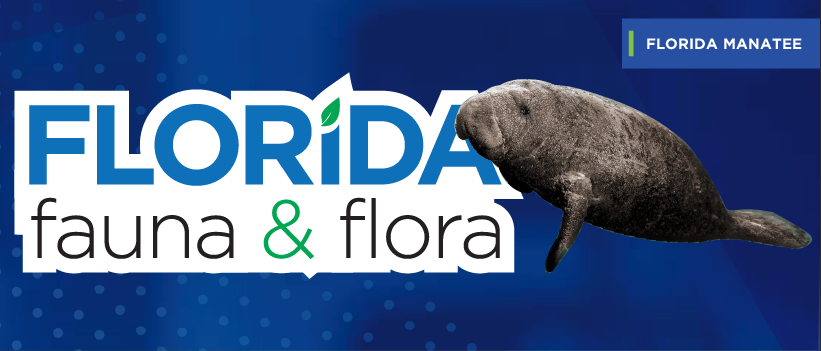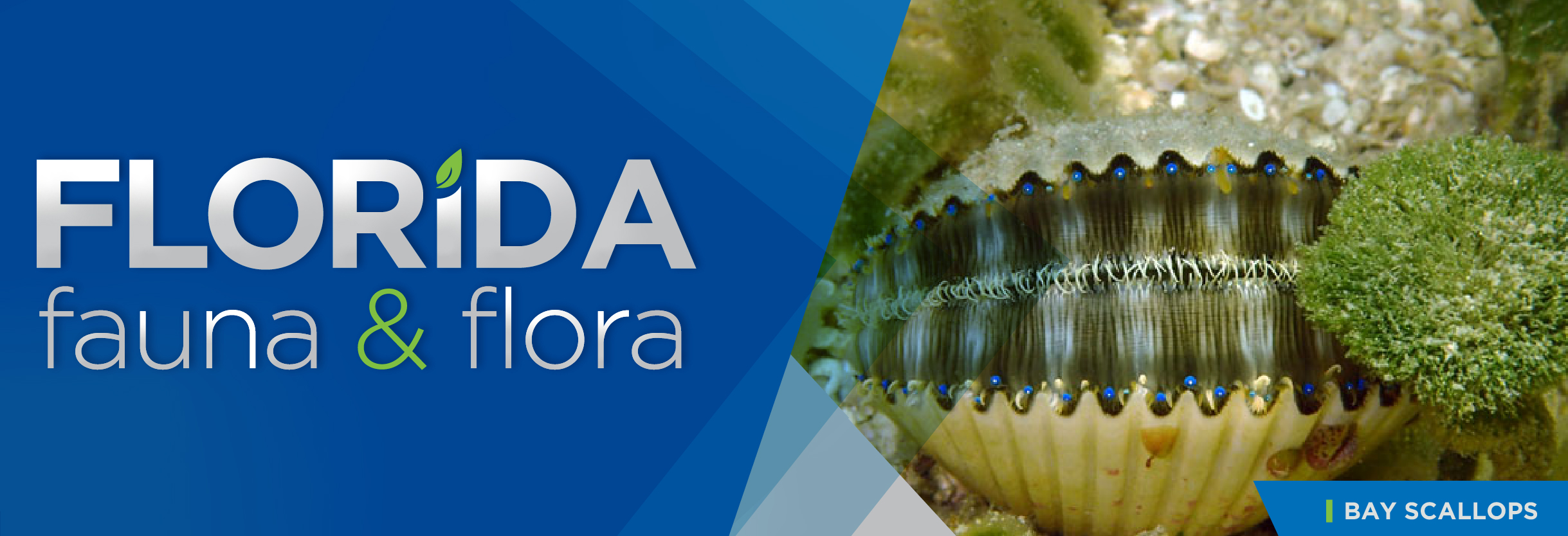Florida Fauna & Flora – Florida Manatee
Florida Fauna & Flora – Florida Manatee
One animal that is uniquely Floridian is the manatee. Florida manatees are native to Florida and are a sub-species of the West Indian manatee. These gentle giants grow to 9 – 10 feet long and weigh in at about 1,000 pounds. This gray aquatic mammal has two fore-limb flippers and a paddle-shaped tail that help it steer and propel through the water. Manatees can hold their breath for up to 20 minutes. When active, they rise up to breathe every 3 to 5 minutes.
Manatees are herbivores who spend up to 8 hours a day grazing on aquatic plants and seagrass, and eating about 10% of their body weight daily. They have no front teeth – only molars in the back of their mouth that are replaced when a tooth is lost.
Scientists are concerned about the number of observed manatee deaths this year. In 2021, there are 539 recorded deaths from January 1 through March 19, compared to 637 total deaths for 2020. This is an alarming trend that is on the rise. Manatee deaths can be attributed to a decline in seagrass and added pollution.
Fun Fauna Fact: Manatees have been a protected species in Florida since 1893. They feed and rest in shallow waters which makes them an easy target for boats.
Source: Florida Fish and Wildlife Commission
Read the full May SECO News online.






